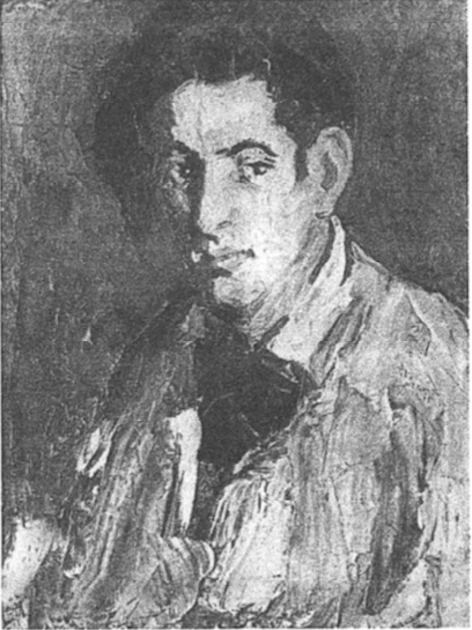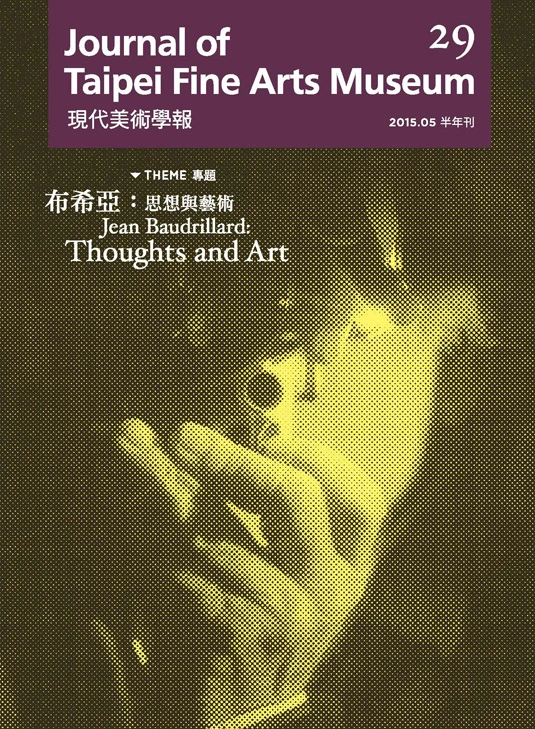摘要
以攝影術為首的現代視覺工具與飛行技術呈現了同步發展,兩者皆徹底改變人類對時間與空間的感受性。由航空器(aircraft)與攝影機所共同生產的飛行視像,將是使智人能以思考一種非人狀態的現代縮影。此些觀看技術先是在科學與軍事領域上獲得急遽發展,諸如地理測量、軍事攝影、空中偵察等。同時,由鏡頭所代表的機器之眼亦超越了人類可感範疇,如同蘇聯導演維托夫(Dziga Vertov)的「電影眼」(kino-eye),即指涉著一隻無所不見的超人之眼。然而,隨著科技演進與過度部署,人類卻逐漸從影像機器的操作者,轉為僅被觀察、注視之對象。本文將以視覺機器的「飛行」開始,探討此一非人的觀看,並深入潛藏在其後的哲學問題。透過技術與藝術在不同脈絡下的跨域實踐,反映出內建於飛行影像的「無人稱性」(impersonality)。最終更試圖以影像的工具性與操作性,反思今日由眾多飛行機器的鳥瞰構成之「垂直視域」(vertical horizon)中的存有問題。
關鍵詞
飛行、技術、影像、視覺機器、無人稱
Abstract
Modern visual instruments, led by photography, almost kept pace with the development of flight technics, both of which revolutionized human perception of time and space. Images captured by eyes on aircraft, which is a modern microcosm that enables Homo sapiens can think in a nonhuman status. At first these optical technics have developed rapidly in scientific and military fields, such as geographical observation, military photography and aerial reconnaissance. On the other hand, eyes on flying machine completely pass over humans' perceptional limitation, hence the Soviet director Dziga Vertov's concept 'kino-eye', referring to an all-seeing eye of superman. Nowadays, however, with technological development of visual machine and the consequent overuse, the role of humans as operator of machine has shifted to object being observed. This article begins with the "flight" of visual machine to explore its non-human view, in an attempt to analyze its philosophical nature. In this sense, the article delves into the nature of "impersonality" in the said images by studying trans-disciplinary practice of art and technics from different contexts. Finally, it inquires the status of being in today's "vertical horizon", composed of multiple bird view images from flying machines with the operation of images.
Keywords
flying, technic, image, visual machine, impersonal

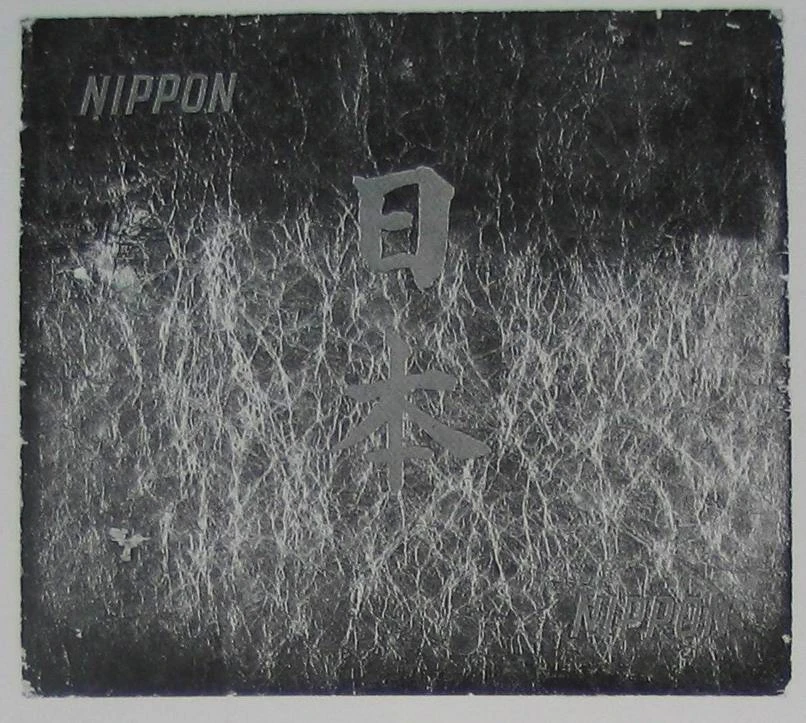
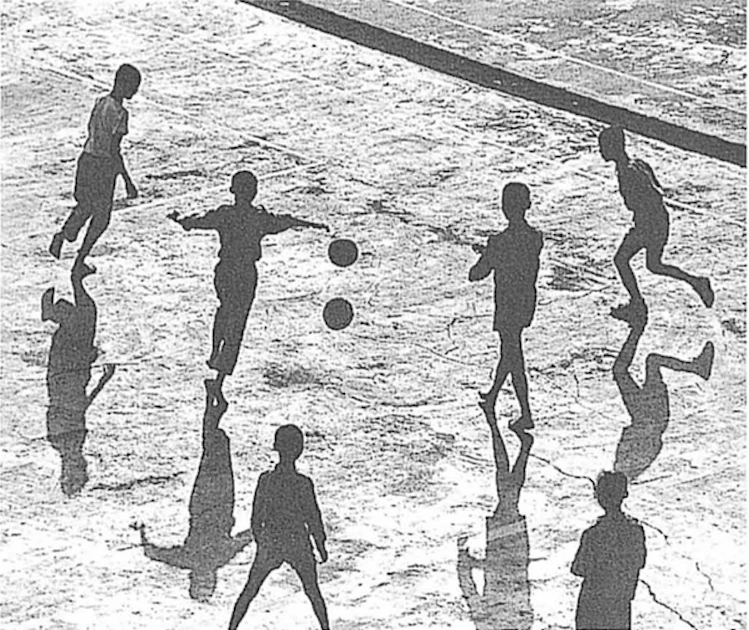
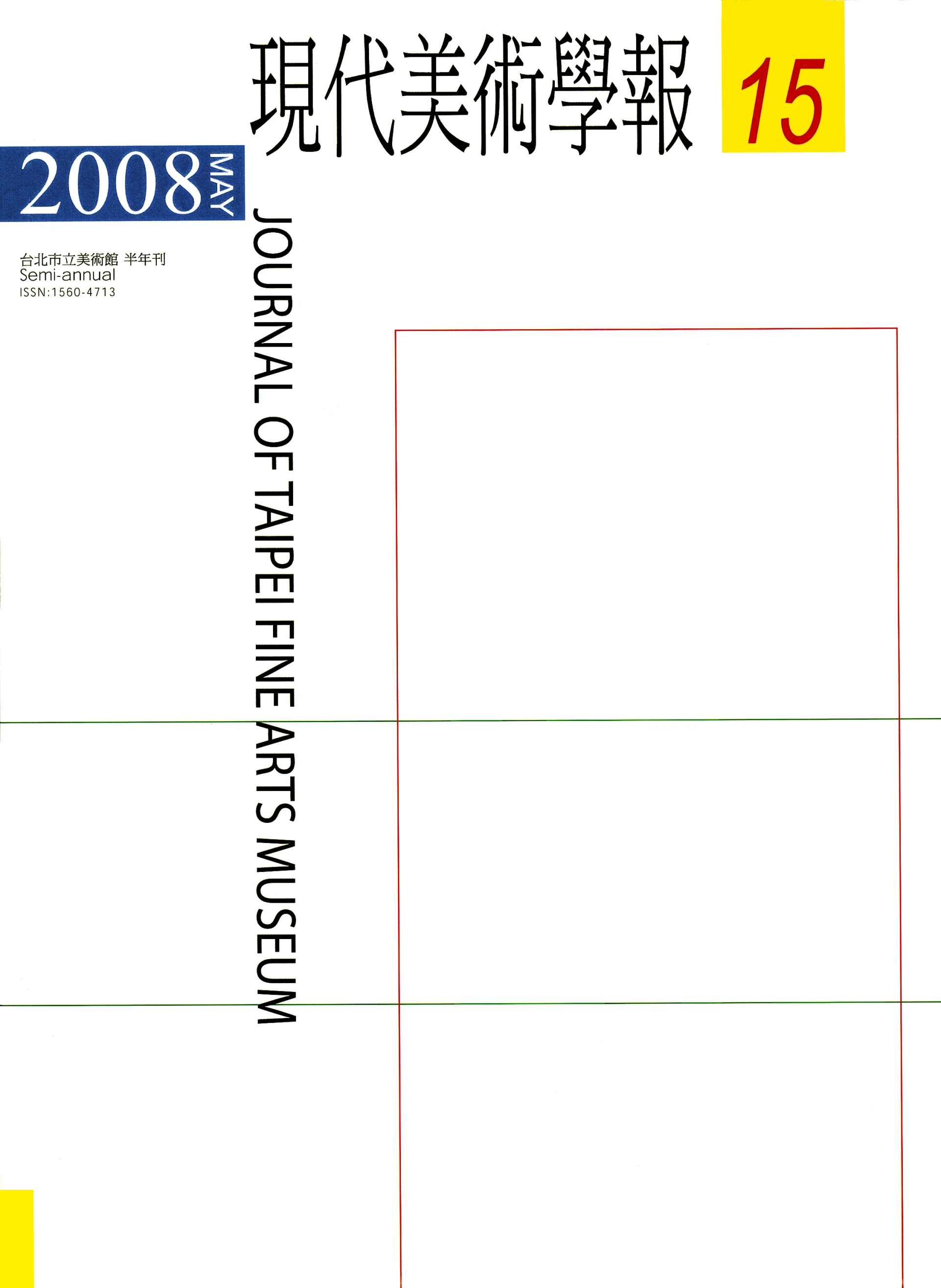
.webp)
